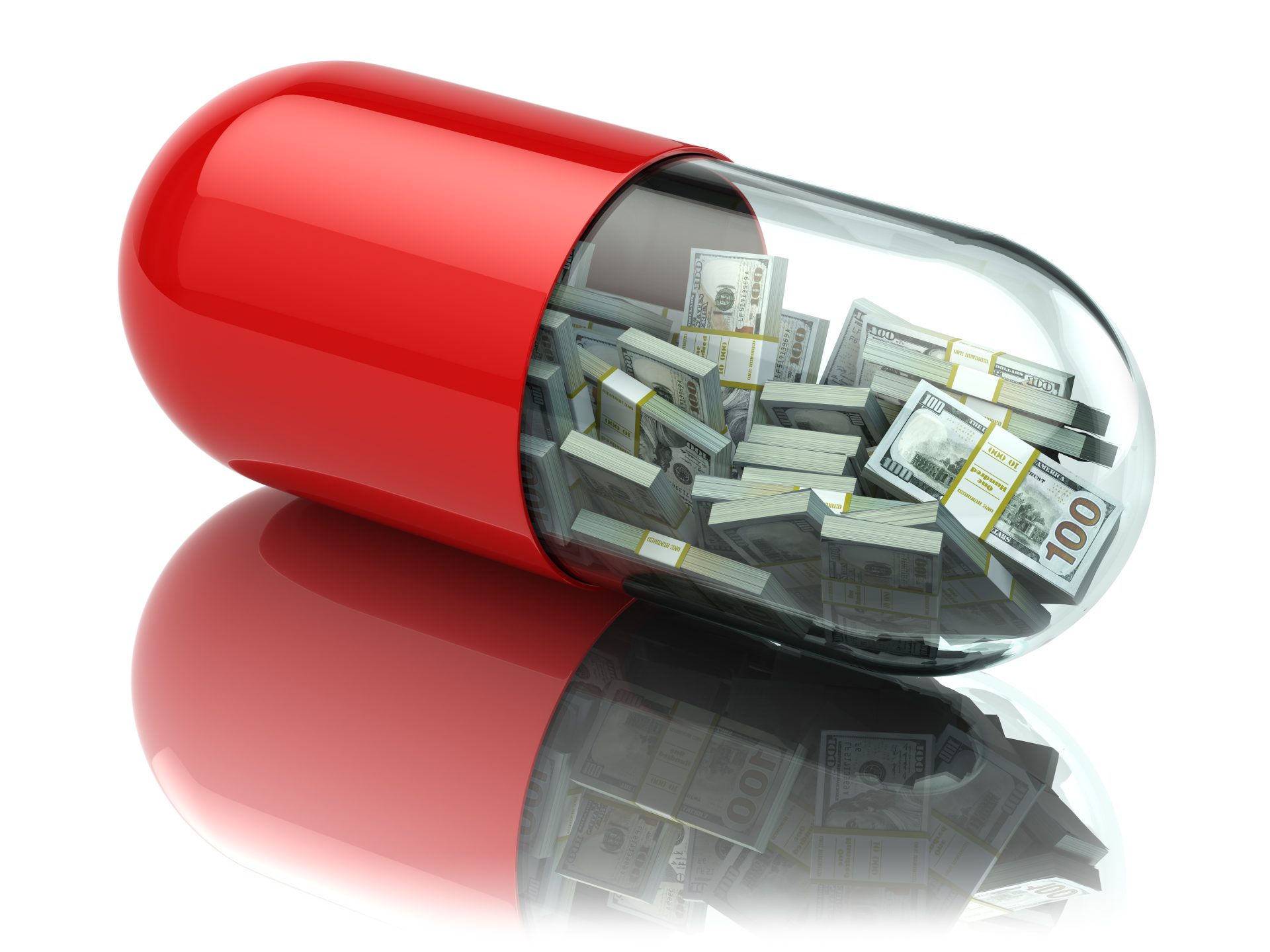After a slow start since the first US biosimilar came to market in 2015,1 there has been a significant increase in approvals and launches. To date, 41 have been approved in the US,2 with over 90 biosimilars in development.3 Additionally, in the upcoming months, several biosimilar launches are anticipated to meaningfully impact formularies and pharmacy benefit specialty drug spend.
The biosimilar space has continued to grow and evolve over the past few years, with the US recently seeing its first insulin biosimilar . Some of this success can be attributed to guideline acceptance of biosimilars, provider comfort, and . However, other factors, such as the nature of diseases treated, the degree of new starts versus existing users, and purchase and cost incentives, have also led to growth. As a result, biosimilars are often significantly more affordable than the originator product.
As such, biosimilars are on track to reduce drug costs by $100 billion.4 Average sales prices (ASPs) of medical drug biosimilars were 50% less than the originator at the time of first biosimilar launch3. With competition increasing, . This pricing competition has added pressure to originator manufacturers to support reductions in costs, and subsequent ASPs have dropped by an average of 25%.5
While embracing biosimilars has resulted in savings, the drop in acquisition costs and ASP has also contributed to possibly unintended consequences. When the ASP for the biosimilar is lower than the originator’s ASP and a provider receives a standard reimbursement from the payer, providers may experience a reduced and sometimes unfavorable reimbursement for the biosimilar. The lower payment and reduced profit margin may lead providers to administer a higher-priced originator or biosimilar. Section 11403 of the Inflation Reduction Act (IRA) aims to support access to biosimilars and encourage competition by establishing Medicare Part B biosimilar reimbursement at ASP plus 8% instead of ASP plus 6% of the reference biological product.6 The new IRA pricing model may help encourage administration of biosimilars, but it may not solve for the decreasing ASPs and subsequent concerns with provider reimbursement. In addition, it does not directly impact commercial reimbursement. Biosimilar manufacturers should consider the long-term impact of ASPs when negotiating well-intended rebates and purchase incentives.
Regarding pharmacy benefit, However, interchangeability does play a role and determines the ease at which a pharmacist may substitute a biosimilar for an originator at the pharmacy. Individual state regulations may inhibit substitution, along with other factors like available dosage forms and strengths compared to the reference product. Rebate contracting and complexity of those agreements may limit formulary addition. Further, differences in approved indications versus the originator may steer utilization back to the originator. The lack of competition and lack of of adalimumab biosimilars has been a pain point for many payers.
Obviously, the upcoming launches are highly anticipated. Though one adalimumab biosimilar has recently hit the market, it may struggle to achieve appreciable market share because it is not interchangeable. Further, busy pharmacies may not take the time to contact providers to authorize a change unless it is profitable to do so. As more biosimilars with different attributes, including potential interchangeable status, launch mid-year, the market share may begin to shift away from the reference product and toward the biosimilars. At the same time, rebate contracting and specialty pharmacy incentives may slow that movement. Manufacturer education to providers, patients, and payers is critical. Perhaps even more important to hasten the switch to biosimilars may be laws that allow a change from the reference product to the biosimilar without an interchangeable designation at the dispensing pharmacy.
As more biosimilars are approved and launch, competition will continue to drive down costs and provide savings to payers and patients. All stakeholders on the pharmacy and medical side can help support access to biosimilar treatments by ensuring that cost complexities do not prevent their adoption and acceptance.
References:
1. Sandoz launches ZarxioTM (filgrastim-sndz), the first biosimilar in the United States. September 3, 2015. Accessed January 27, 2023. https://www.sandoz.com/news/media-releases/sandoz-launches-zarxiotm-filgrastim-sndz-first-biosimilar-united-states
2. US Food and Drug Administration. Biosimilar product information. Accessed January 27, 2023. https://www.fda.gov/drugs/biosimilars/biosimilar-product-information
3. Association for Accessible Medicines. The U.S. Generic & Biosimilar Medicines Savings Report. September 2022. Accessed October 27, 2022. https://accessiblemeds.org/sites/default/files/2022-09/AAM-2022-Generic-Biosimilar-Medicines-Savings-Report.pdf
4. IQIVA. Biosimilars in the United States 2020-2024: competition, savings, and sustainability. September 29, 2020. Accessed October 27, 2022. https://www.iqvia.com/insights/the-iqvia-institute/reports/biosimilars-in-the-united-states-2020-2024
5. Association for Accessible Medicines. Report: The U.S. Generic & Biosimilar Medicines Savings Report. Accessed October 27, 2022. https://accessiblemeds.org/resources/reports/2022-savings-report
6. US Department of Health and Human Services. HHS Secretary Xavier Becera, CMS Administrator Chiquita Brooks-LaSure remark on implementation of Inflation Reduction Act provision addressing Medicare payments for biosimilars. Accessed February 1, 2023. https://www.hhs.gov/about/news/2022/10/03/hhs-secretary-xavier-becerra-cms-administrator-chiquita-brooks-lasure-remark-on-implementation-of-inflation-reduction-act-provision.html


